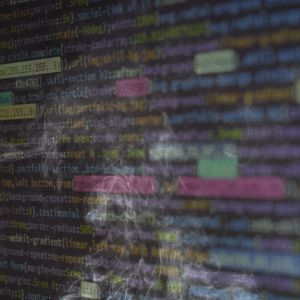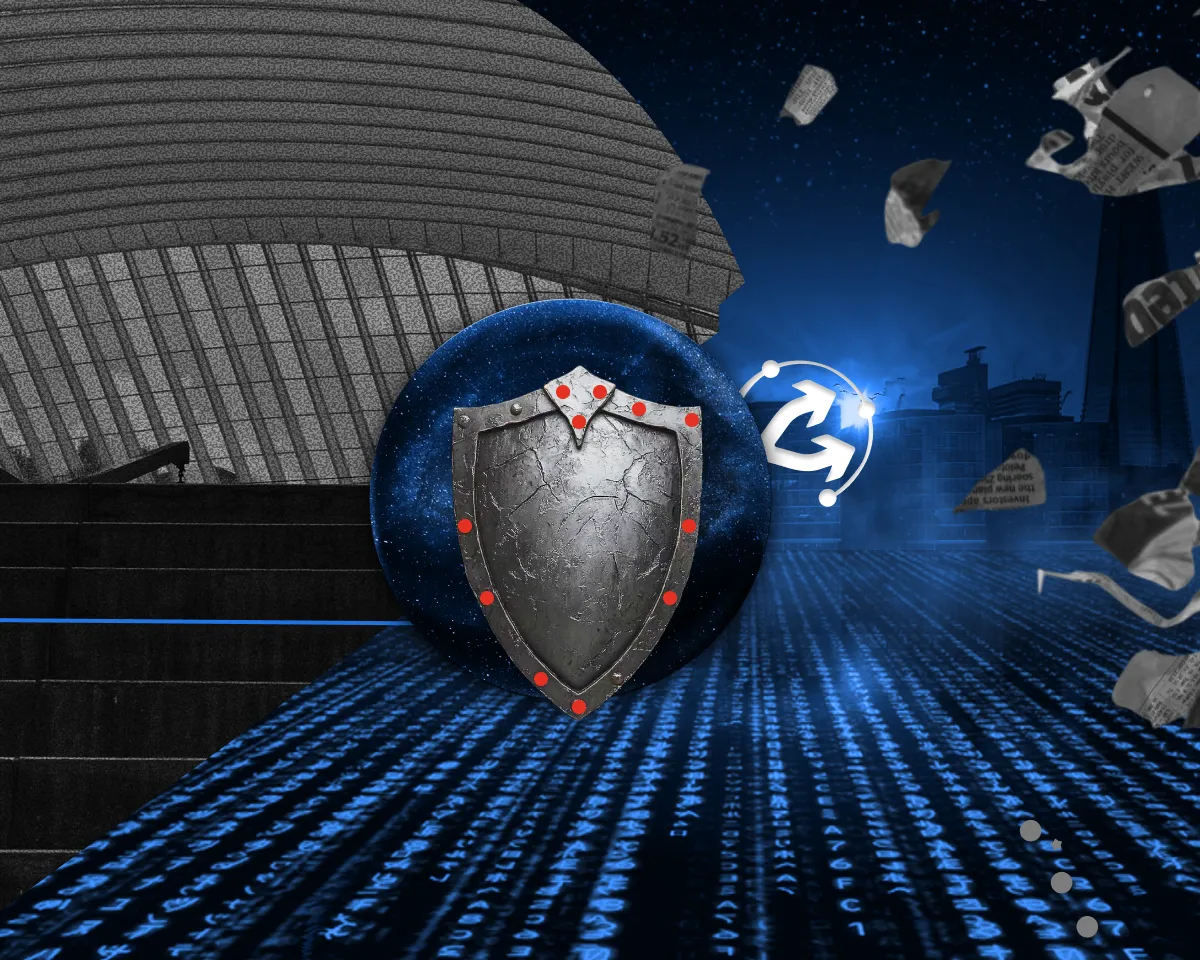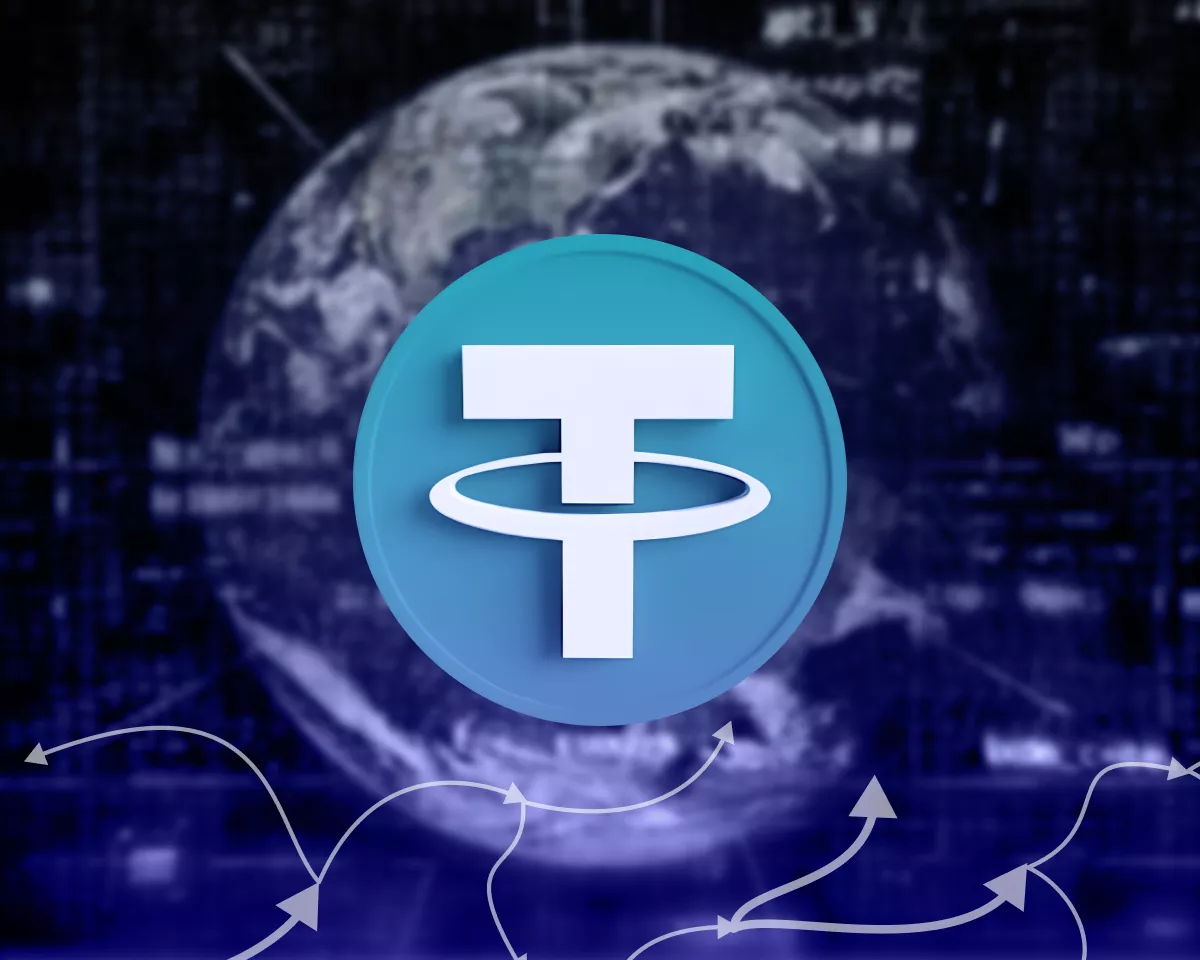Ethereum’s Layer 2 blockchain network StarkNet suffered an unexpected outage on Tuesday following its Grinta upgrade. Per recent updates, some services have been down for more than three hours, but the team partially recovered others after 20 minutes. According to an update from the blockchain’s developers made on X earlier today, the service interruption occurred shortly after StarkNet rolled out its Grinta upgrade, also known as StarkNet v0.14.0, around 6:00 AM GMT. In a statement posted on X on Sunday, StarkNet cautioned users that there would be a short downtime, explaining that transactions would not be processed during the Grinta upgrade window. The team had estimated about 15 minutes of disruption but admitted that more risks could be involved. “Our team is actively investigating the issue and working to restore full functionality as quickly as possible. We’ll share updates as soon as we know more. Thank you for your patience,” StarkNet wrote . Per Coingecko data, StakNet’s native token STRK fell by more than 3% in the last day to trade at $0.1232, possibly due to the network issues.. Incident timeline and status updates Even after the team gave assurances that the pause would be brief, the network has been experiencing disruptions and delays since Grinta was deployed. According to logs from StarkNet’s status page, users reported several incidents of stutters throughout the evening of Monday and the morning of September 2. Heads up concerning Grinta ⚠️ Grinta (aka Starknet v0.14.0) is a major milestone for Starknet’s architecture, advancing both decentralization and efficiency. Because this upgrade drastically changes Starknet’s core architecture (decentralized sequencer, fee market, mempool…)… — Starknet (@Starknet) August 31, 2025 “Grinta drastically changes StarkNet’s core architecture,” the network’s Sunday post read, mentioning changes to the decentralized sequencer, fee market, and mempool. “During this window, transactions will not be received on Mainnet to avoid incorrect processing once the network is back to normal.” Today, at around 2:28 AM UTC, StarkNet issued a “slow block creation alert” on its network status website, resolving it before posting another update an hour later. That block production was again taking longer than expected, and within the same timeframe, the team confirmed investigations were ongoing. Two hours after the first alert, gateways stopped receiving transactions, triggering an “idle gateways alert.” Though resolved minutes later, the problem recurred at 5:18 and again at 5:28 AM when StarkNet confirmed that transactions were not being accepted. The disruptions continued well into Tuesday daylight hours, with another block creation slowdown reported at 7:08 AM, followed by further issues at 7:18 AM. All incidents were marked as resolved, but the network is reportedly still under close monitoring. StarkNet later announced the outage lasted longer than planned and said engineers were working to restore full performance. The team reiterated that service stability was a priority as the Grinta update continued to be deployed. StarkNet launch Grinta to improve decentralization The Grinta upgrade could push StarkNet toward decentralization, but much of the network is still under StarkWare’s centralized control. Sequencer operations, which handle the ordering of transactions, are still managed by the company. According to StarkNet’s published roadmap, the long-term goal is to distribute block validation and production among several independent nodes. The eventual rollout of decentralized sequencing and proving mechanisms would align the protocol with public blockchain standards, where security is maintained through community-driven consensus. Meanwhile, the outage comes just two weeks after StarkNet announced plans to integrate Bitcoin staking into its ecosystem under proposal SNIP-31. The community approved the developments with a 93.6% vote backing. The integration will allow wrapped Bitcoin assets such as WBTC, LBTC, tBTC, and SolvBTC to participate in the network’s staking system. The consensus model will give Bitcoin a 25% weighting in staking power, while StarkNet’s native token STRK will hold the remaining 75%. StarkNet’s troubles arrived during a period of renewed investor interest in Ethereum, the network on which it is built. According to CoinShares’ latest Digital Asset Fund Flows Weekly Report, Ethereum outpaced Bitcoin in institutional inflows during August. The smartest crypto minds already read our newsletter. Want in? Join them .















